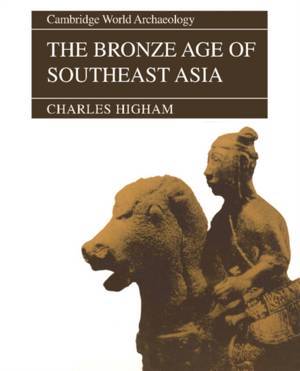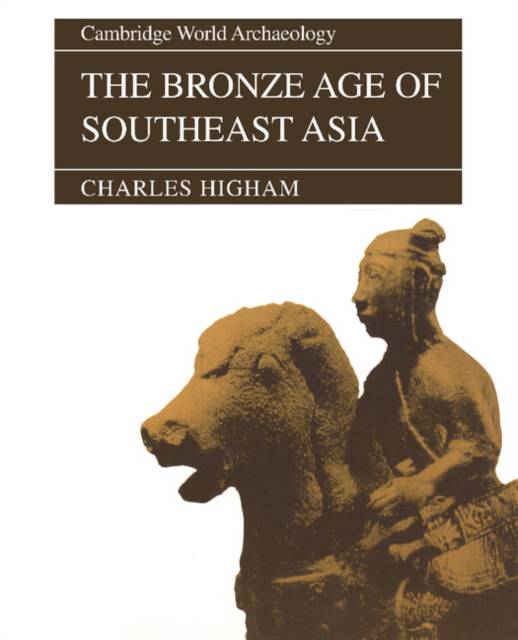
En raison d'une grêve chez bpost, votre commande pourrait être retardée. Vous avez besoin d’un livre rapidement ? Nos magasins vous accueillent à bras ouverts !
- Retrait gratuit dans votre magasin Club
- 7.000.000 titres dans notre catalogue
- Payer en toute sécurité
- Toujours un magasin près de chez vous
En raison de la grêve chez bpost, votre commande pourrait être retardée. Vous avez besoin d’un livre rapidement ? Nos magasins vous accueillent à bras ouverts !
- Retrait gratuit dans votre magasin Club
- 7.000.0000 titres dans notre catalogue
- Payer en toute sécurité
- Toujours un magasin près de chez vous
Description
The Bronze Age of Southeast Asia has been described as an enigma and a challenge. Some specialists have claimed that the earliest bronze working in the world occurred here, suggesting a cultural sequence that fails to fit a world-wide pattern. Others see it as distinct from parallel developments in other parts of the world. This book is the first comprehensive study of the period, placed within its broader regional context. Charles Higham suggests that the adoption of metallurgy followed a period of agricultural expansion into Southeast Asia, originating in the rice growing cultures of the Yangzi Valley. The first acquaintance with copper and tin smelting may have taken place as a result of growing exchange between the late neolithic inhabitants of Southeast Asia and the Shang and Zhou states of the Central Plains of China. The latter provided exotic bronzes, the former adopted the new technology and adapted it to their own needs. However, the chronology remains unclear, and local origins remain a viable alternative hypothesis. When set in a broader comparative framework, the early development of Bronze Age societies in Southeast Asia is found to have more similarities than differences with those in Iberia, the Aegean, the near East and Chinese nuclear area. The author traces the development of Bronze Age cultures into the Iron Age, identifying regionality and innovation. Along the northern borders of Southeast Asia, chiefdoms developed within the context of Chinese Imperial expansion. To the south, societies entered into a growing exchange network which incorporated India and the Roman Empire. Higham shows how these distinct regional developments contributed to the emergence ofSoutheast Asian states. The Bronze Age of Southeast Asia provides a systematic and regional presentation of the current evidence. Using a thematic approach, Charles Higham provides an up-to-date account of the Southeast Asian and Chinese Bronze Ages, documenting evidence site b
Spécifications
Parties prenantes
- Auteur(s) :
- Editeur:
Contenu
- Nombre de pages :
- 400
- Langue:
- Anglais
- Collection :
Caractéristiques
- EAN:
- 9780521565059
- Date de parution :
- 13-06-96
- Format:
- Livre broché
- Format numérique:
- Trade paperback (VS)
- Dimensions :
- 188 mm x 235 mm
- Poids :
- 680 g

Les avis
Nous publions uniquement les avis qui respectent les conditions requises. Consultez nos conditions pour les avis.






